Best Tanzania Safari Destinations Where to go on Safari Tanzania: Where you go will depend on what you want to see and explore while on safari in Tanzania. While the Northern Safari Circuit provides is a favorite among first-time and experienced safari goers alike, both Southern and Western Tanzania are hidden gems of this multifaceted destination. Read our Tanzania safari guide to find out everything you need to know about planning your ideal Tanzania safari. Northern Circuit Safari Tanzania; The best place where to go on Safari in Tanzania visit Tourist Attractions in Tanzania such as Arusha National Park, Serengeti National Park, Tarangire National Park, Lake Manyara National Park, Kilimanjaro National Park, Lake Eyasi, Lake Natron, and Ngorongoro Conservation Area. Tarangire national park Tarangire National Park is a national park in Tanzania's Manyara Region. The name of the park originates from the Tarangire River that crosses the park. The Tarangire River is the primary source of fresh water for wild animals in the Tarangire Ecosystem during the annual dry season. The Tarangire Ecosystem is defined by the long-distance migration of wildebeest and zebras. During the dry season thousands of animals concentrate in Tarangire National Park from the surrounding wet-season dispersal and calving areas. Its name was derived from Tarangire River that runs across the national park. Tarangire National Park is the best place to b e especially during the dry season during which animals are compelled to migrate nearer to the river looking for water. It is a very magnificent view with the background of twisted acacia as well as the spectacular baobab trees. This national park is located close to Lake Manyara national park and Ngorongoro conservation area. Lake Manyara national park Lake Manyara national park is another wildlife viewing destination in the northern part of Tanzania which is known
Best Tanzania Safari Destinations
Where to go on Safari Tanzania: Where you go will depend on what you want to see and explore while on safari in Tanzania. While the Northern Safari Circuit provides is a favorite among first-time and experienced safari goers alike, both Southern and Western Tanzania are hidden gems of this multifaceted destination. Read our Tanzania safari guide to find out everything you need to know about planning your ideal Tanzania safari.
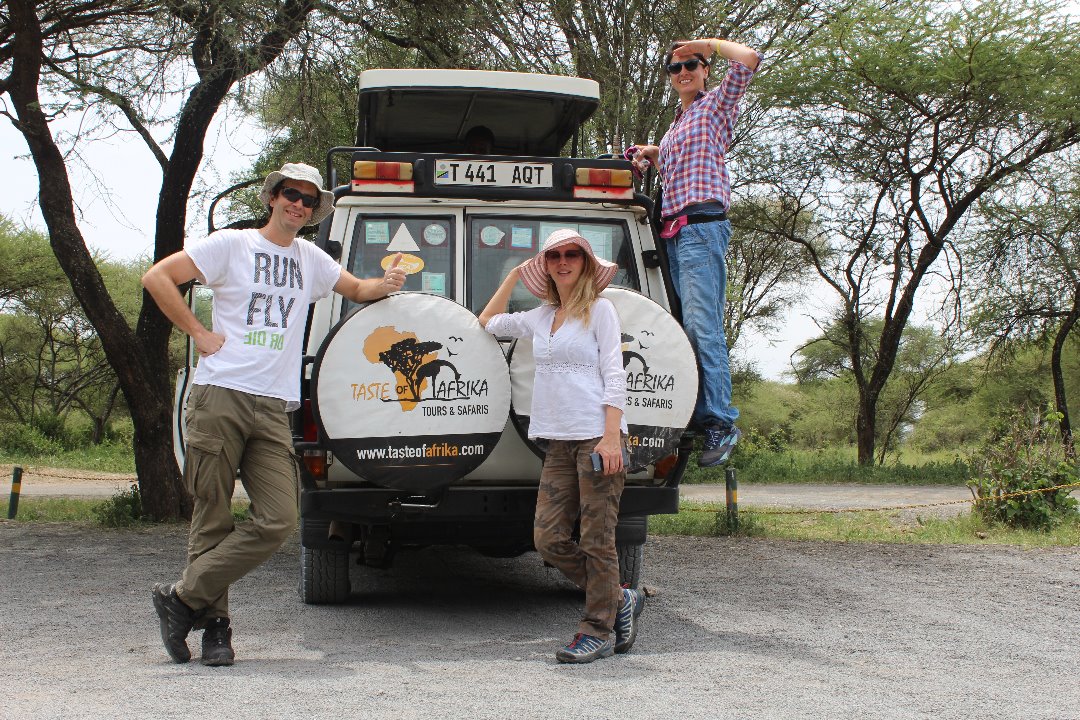
Northern Circuit Safari Tanzania; The best place where to go on Safari in Tanzania visit Tourist Attractions in Tanzania such as Arusha National Park, Serengeti National Park, Tarangire National Park, Lake Manyara National Park, Kilimanjaro National Park, Lake Eyasi, Lake Natron, and Ngorongoro Conservation Area.
Tarangire National Park is a national park in Tanzania‘s Manyara Region. The name of the park originates from the Tarangire River that crosses the park. The Tarangire River is the primary source of fresh water for wild animals in the Tarangire Ecosystem during the annual dry season. The Tarangire Ecosystem is defined by the long-distance migration of wildebeest and zebras. During the dry season thousands of animals concentrate in Tarangire National Park from the surrounding wet-season dispersal and calving areas.
Its name was derived from Tarangire River that runs across the national park. Tarangire National Park is the best place to b e especially during the dry season during which animals are compelled to migrate nearer to the river looking for water. It is a very magnificent view with the background of twisted acacia as well as the spectacular baobab trees.

This national park is located close to Lake Manyara national park and Ngorongoro conservation area.
- Lake Manyara national park
Lake Manyara national park is another wildlife viewing destination in the northern part of Tanzania which is known for tree climbing lions.
The national park is also known for its diverse habitat and a big part of the national park is covered by Lake Manyara which is a shallow alkaline lake found in the national park. Flamingos are among the wildlife species which can be seen along the lake shores. Lake Manyara national park also consists of woodlands, floodplains as well as forest.

Night game drives are among the safari activities carried out in Lake Manyara national park. Other activities include morning game drives and afternoon game drives, guided nature walks, canoeing, canopy walks along the treetop walkway.
Wildlife species which can be seen around Lake Manyara national park include elephants, hippos, buffalos, lions, zebras, baboons, giraffes, leopards among others.
The Ngorongoro crater is also another destination in the northern part of Tanzania where the big 5 Animals in Tanzania can be seen.
The world’s largest inactive volcanic unfilled caldera is found in the Ngorongoro conservation area. Numerous wildlife species can be seen around the crater floor where game drives are carried out after descending 600 meters into the crater.
The Ngorongoro crater was formed as a result of volcanic activity as a result of collapse of a volcano over 2 million years ago. Some of the attractions in the Ngorongoro crater include Lake Magadi where flamingos can be seen along the lake shores.
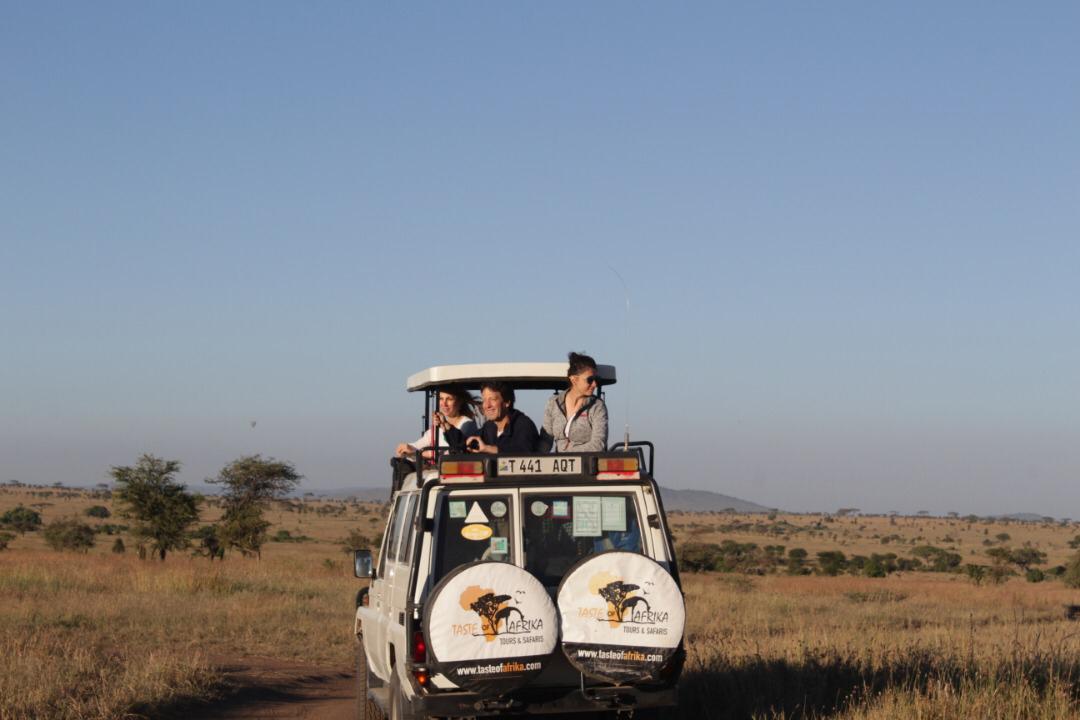
Where to go on Safari in Tanzania
Wildlife species which can be seen around the Ngorongoro conservation area include zebras, buffalos, black rhinos, elephants, waterbucks, hippos, antelopes, kudu, impalas, gazelles among others.
The Ngorongoro conservation area is also home to the Maasai people who can be seen around the grassy plains as they graze their livestock like cattle, goats and sheep. During safaris, tourists interact with the Maasai and get to know more about their way of life and their unique culture.
Serengeti national park is home to the big 5 such as elephants, lions, leopards, rhinos and buffalos and is also the oldest national park of Tanzania.

The national park is also known for the great wildebeest migration which is the movement of over 1.5 wildebeests which takes place between the Mara-Serengeti ecosystem. River crossings along the Mara River and Grumeti river are also part of the wildebeest migration experience.
Many wildlife species can be seen during safaris around Serengeti national park include and they include wildebeests, zebras, gazelles, hippos, giraffes, elands, kudu, hyenas, impalas among others. Different bird species can also be seen around the national park.
Serengeti national park consists of central Serengeti or Seronera area, western Serengeti, northern Serengeti and southern plains. The national park is made up of vast savannah plains, acacia woodlands, rock outcrops or kopjes.
The different activities are carried out during safaris in Serengeti national park and they include game drives in the morning, afternoon or evening and also full day game drives, hot air balloon safaris, guided nature walks and also bird watching.
- Mount Kilimanjaro National Park
Mount Kilimanjaro which is the highest mountain in Africa is also found in the northern part of Tanzania.
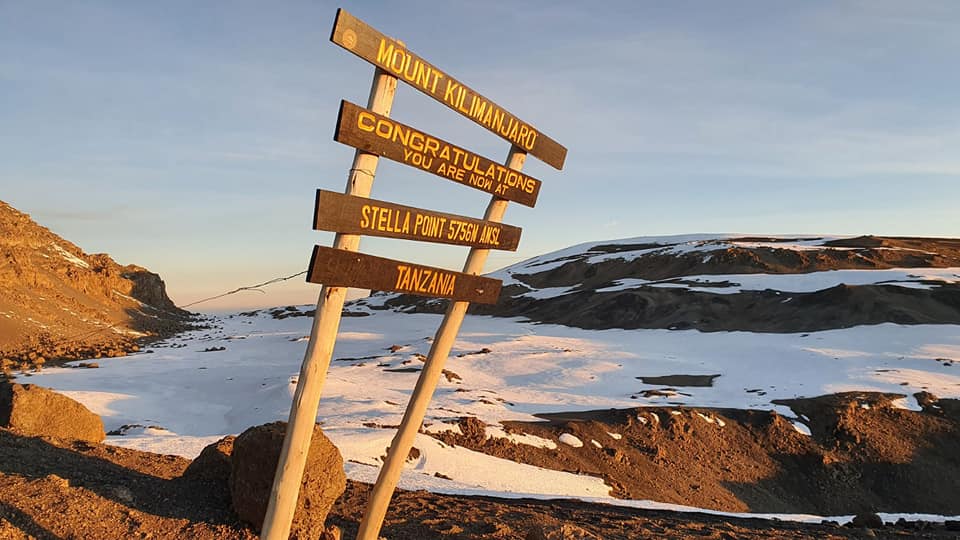
Many tourists visit the northern part of Tanzania to engage in hiking on Mount Kilimanjaro across different routes such as Lemosho route, Marangu route, Machame route, Rongai route, Umbwe route, Shira route and the northern route. Our recommendation is Marangu Route 6 Days as it is the easiest route to climb to Uhuru Peak, the summit of Mount Kilimanjaro. It is a preferred route for many travelers because of the different accommodation facilities that are available on the Route. Tourists can sleep in comfortable huts and in some of them, there is running water.

Where to go on Safari in Tanzania
The mountain is part of Kilimanjaro national park and safaris on Mount Kilimanjaro begin in neighboring towns such as Moshi which is at the foothill of Mount Kilimanjaro or in Arusha which is a starting point for safaris in the northern part of Tanzania.
Western Circuit Tanzania
There are different destinations in the western part of Tanzania and they include the following;
Ruaha national park is another destination in the southern part of Tanzania where different wildlife species can be spotted such as buffalos, giraffes, kudu, lions, leopards, cheetahs, kudu among others.
Activities which are carried out during Ruaha national park safaris include guided nature walks, bird watching, game drives among others.

Mahale national park is a remote national park which is located on the eastern shore of Lake Tanganyika.
The national park is made up of montane forest, and is home to different wildlife species like chimpanzees, colobus monkeys, vervet monkeys, blue monkeys, red tailed monkeys, duikers, antelopes among others.
Many fish species can also be seen during safaris around Mahale national park. Activities which are carried out during safaris in the national park include sport fishing, bird watching, snorkeling among others.
- Southern circuit Tanzania
The different destinations which are found in southern Tanzania include the following;
Selous game reserve is among the safari destinations located in the southern part of Tanzania and is the largest protected game reserve in Africa.

The game reserve is made up of northern Selous and southern Selous and is divided by River Rufiji. Selous game reserve consists of grassy plains, forests, and woodlands and is also home to different wildlife species.
Wildlife species which can be spotted during safaris around Selous game reserve include buffalos, lions, wildebeests, waterbucks, elands, giraffes, zebras, hippos, bushbucks, impalas, leopards among others.
Activities carried out around Selous game reserve include bird watching, walking safaris, game drives, boat rides, hot air balloon experiences among others.
Katavi national park in the western part of Tanzania is made up of woodlands, open grasslands, forests and lakes.
Different wildlife species can be seen during safaris around Katavi national park and they include hippos, buffalos, zebras, lion, leopards, elephants, giraffes among others. The dry season is the best time of the year to engage in a wildlife viewing experience around the national park.

Where to go on Safari in Tanzania
Zanzibar is among the coastal areas which are visited around Tanzania. This destination is famous for holidays to relax along the white sand beaches and enjoy views of the Indian ocean.

The island is found along the Indian ocean and many beaches can be visited on Zanzibar Island and they include Pemba, Paje, Mafia, Nungwi, Kendwa, Matemwe, Kiwengwa, Jambiani, Pongwe among others.
Different activities are carried out during safaris to Zanzibar and they include swimming, snorkeling, scuba diving, kite surfing, boat rides on traditional dhows, visiting stone town, Prison Island and other destinations on the island.
Safaris from Zanzibar it is Possible;- For those who wants to combine the classic of a Big 5 Tanzania safari with Zanzibar Tours as the famous white sand beaches, our selection of Safaris from Zanzibar is the perfect option. We do organise everything from the flights and transfers to your accommodation and game drives. We do also have tailor-made itineraries on extra request, but any one of our Tanzanian safaris can be turned into a safari from Zanzibar. Check the African Safari and Tours Safaris Team for more help.
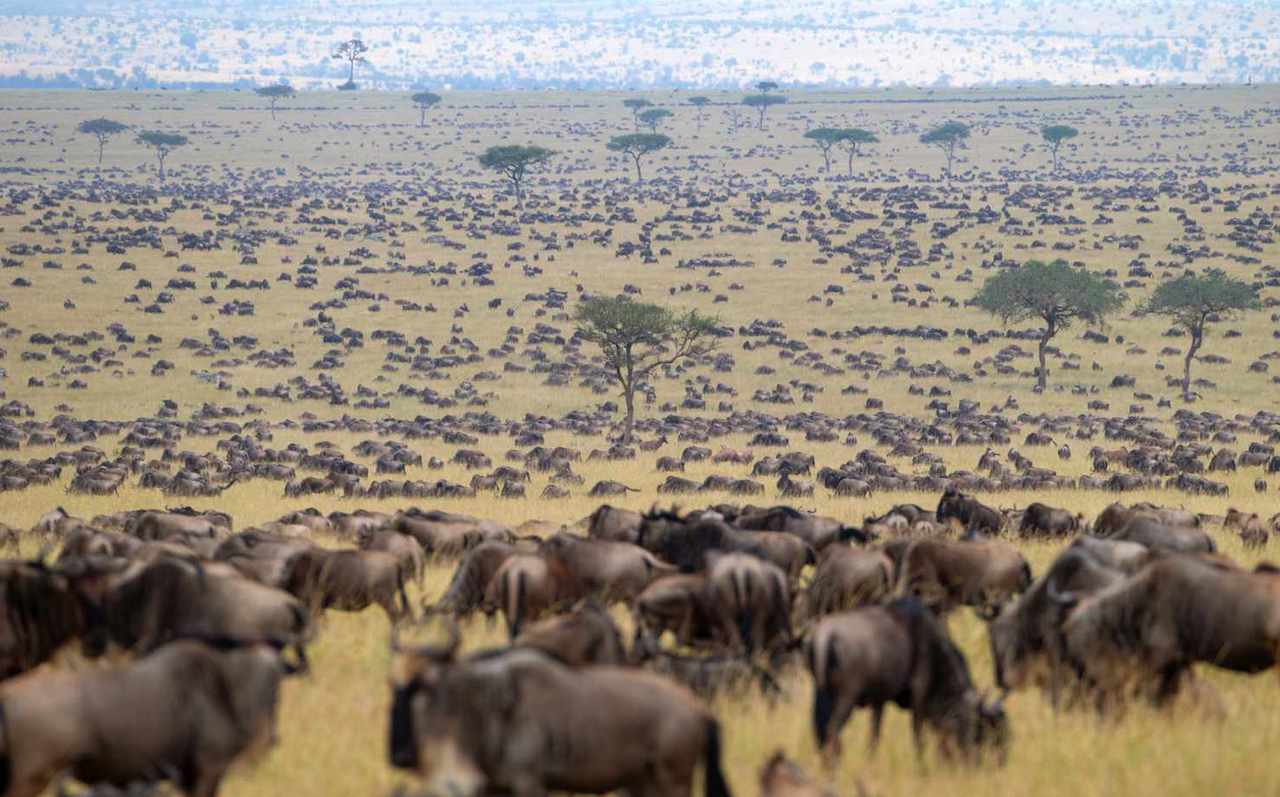
 Guided tours offer the expertise of a local guide, ensuring you see and learn as much as possible. However, if you’re comfortable navigating, a self-drive safari can be a more budget-friendly option.
Guided tours offer the expertise of a local guide, ensuring you see and learn as much as possible. However, if you’re comfortable navigating, a self-drive safari can be a more budget-friendly option.



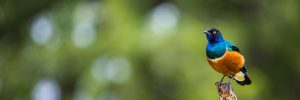

 The best time or most favorable time to visit Kenya for safari is between the months from June to September. During this time the country experiences minimal amounts of rainfall that comes on very few days in a week; the vegetation is thin and generally there are fewer sources of water remaining for wildlife and so, wildlife viewing is at its best. Even from October to February is a favorable time. There could be some little rain but still okay for someone to have a safari.
The best time or most favorable time to visit Kenya for safari is between the months from June to September. During this time the country experiences minimal amounts of rainfall that comes on very few days in a week; the vegetation is thin and generally there are fewer sources of water remaining for wildlife and so, wildlife viewing is at its best. Even from October to February is a favorable time. There could be some little rain but still okay for someone to have a safari. This month is hot and usually dry. It is a good time to have a safari. At this time of the year the Migrating herd of the Wildebeests from Tanzania’s Serengeti has reached the Masai Mara areas. Therefore, it is favorable for game view. This is also a very good time to enjoy a Kenya beach Holiday since the weather is very conducive.
This month is hot and usually dry. It is a good time to have a safari. At this time of the year the Migrating herd of the Wildebeests from Tanzania’s Serengeti has reached the Masai Mara areas. Therefore, it is favorable for game view. This is also a very good time to enjoy a Kenya beach Holiday since the weather is very conducive.
































